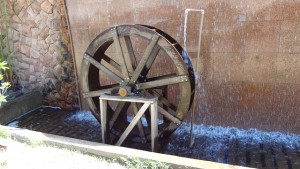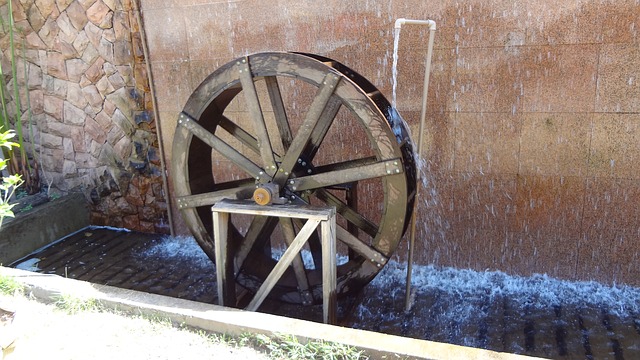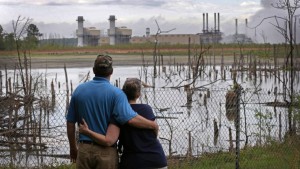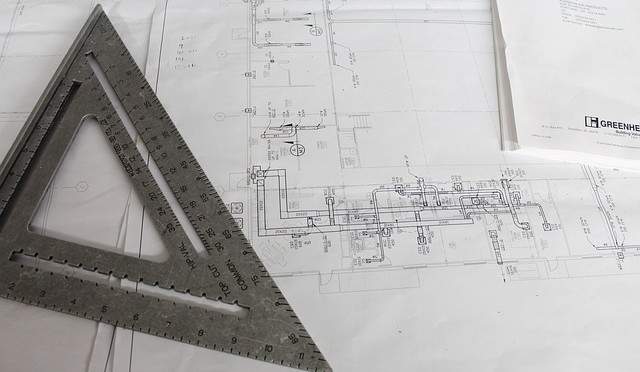 According to an article in Water Citizen News, student teams showcased their projects at this year’s National Sustainable Design Expo while competing for the 11th Annual EPA People, Prosperity and the Planet (P3) awards.
According to an article in Water Citizen News, student teams showcased their projects at this year’s National Sustainable Design Expo while competing for the 11th Annual EPA People, Prosperity and the Planet (P3) awards.
Through the P3 (People, Prosperity and the Planet) program, the U.S. Environmental Protection Agency (EPA) offers opportunities to college students to compete for grants for their ideas that promote sustainable solutions that benefit people and the planet.
In April, teams brought bring their projects to the National Sustainable Design Expo for judging by a panel of experts from the American Association for the Advancement of Science (AAAS).
The best student projects have the chance to win funding up to $75,000 to move the project design through to implementation and potentially, the marketplace. This year’s expo (Phase 2) was held from April 11-12 at Oronoco Bay Park in Alexandria, VA.
Several ideas were submitted, covering a range of topics across the spectrum of planet preservation like conversion of food waste into energy and using wastewater for crop fertilization, or ways to save water.
Among this year’s winners, an honorable mention went to the team from North Carolina Agricultural and Technical State University for Floating Island on a Roof for Rainwater Management.
Their idea addressed 2 issues faced by large cities:
- Storm water management and
- Loss of green spaces.
The project focused on urban growth causing a rise in impervious surfaces, which advances the amount of untreated rainwater runoff in rivers and lakes instead of penetrating porous soil; and that urban development also decreases area for vegetation, resulting in loss of biological diversity and also creating an urban heat island.
Students’ design objective was to reduce runoff from roofs, and provide biological diversity in urban areas using a ‘Floating Island on a Roof’, consisting of a pond on a roof with a floating island. The expected results are runoff reduction from roofs and an increase in green space and biodiversity in urban or built environments.
Congratulations to all of the participants for their efforts to preserve our planet through innovative and forward thinking, and to the EPA and American Association for the Advancement of Science for funding ideas that support a sustainable future.



 In a North Carolina courtroom, Thursday, Duke Energy, the country’s largest electricity provider,
In a North Carolina courtroom, Thursday, Duke Energy, the country’s largest electricity provider, 
 RainBank Rainwater Systems is proud to announce that, beginning June 1st, we will be a dealer of WISY Products and the 4 step system. A rainwater system designed with WISY products requires minimal maintenance and never needs replacing.
RainBank Rainwater Systems is proud to announce that, beginning June 1st, we will be a dealer of WISY Products and the 4 step system. A rainwater system designed with WISY products requires minimal maintenance and never needs replacing.